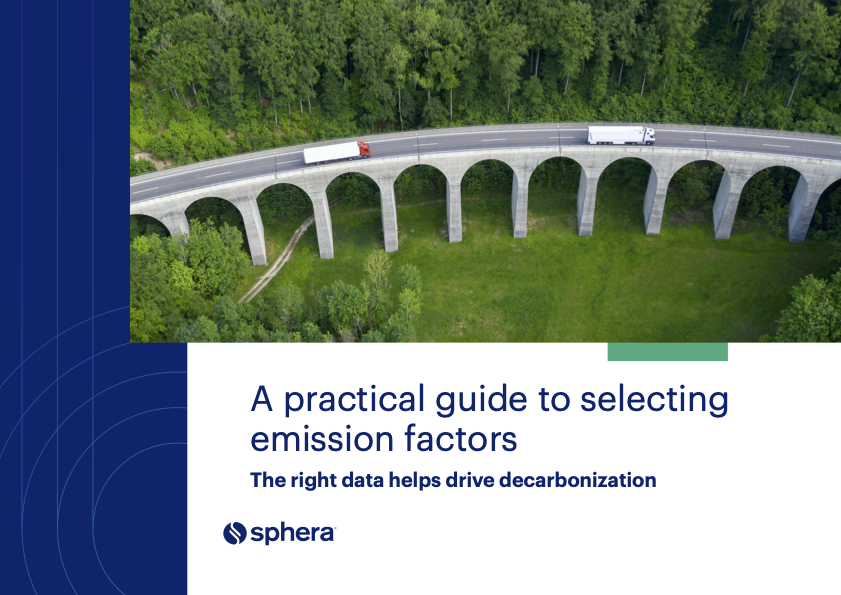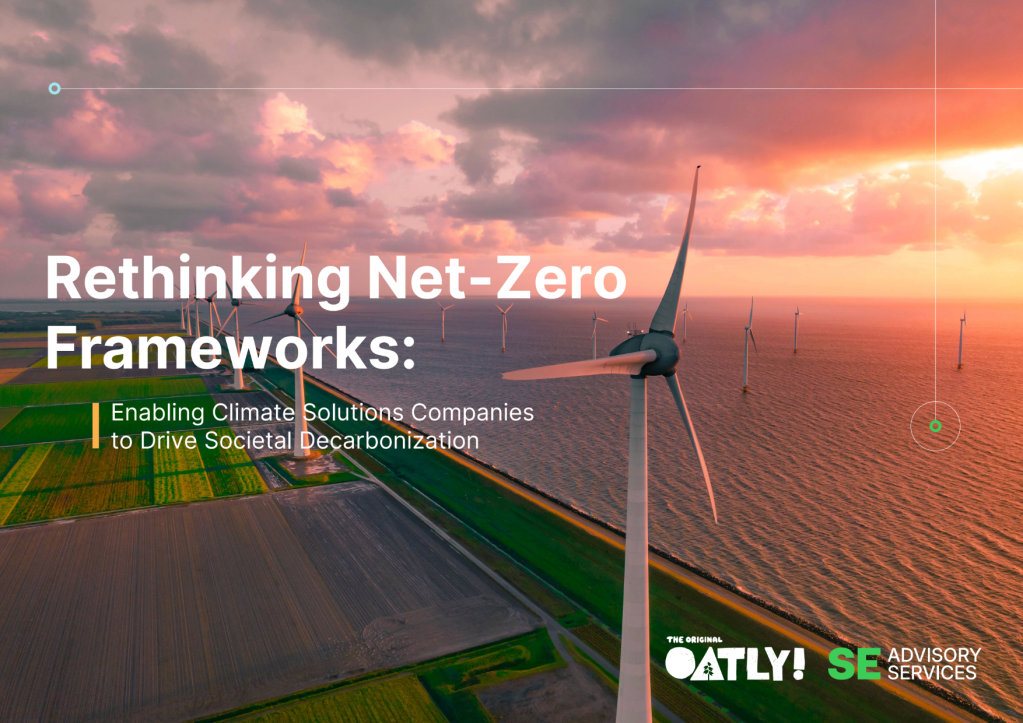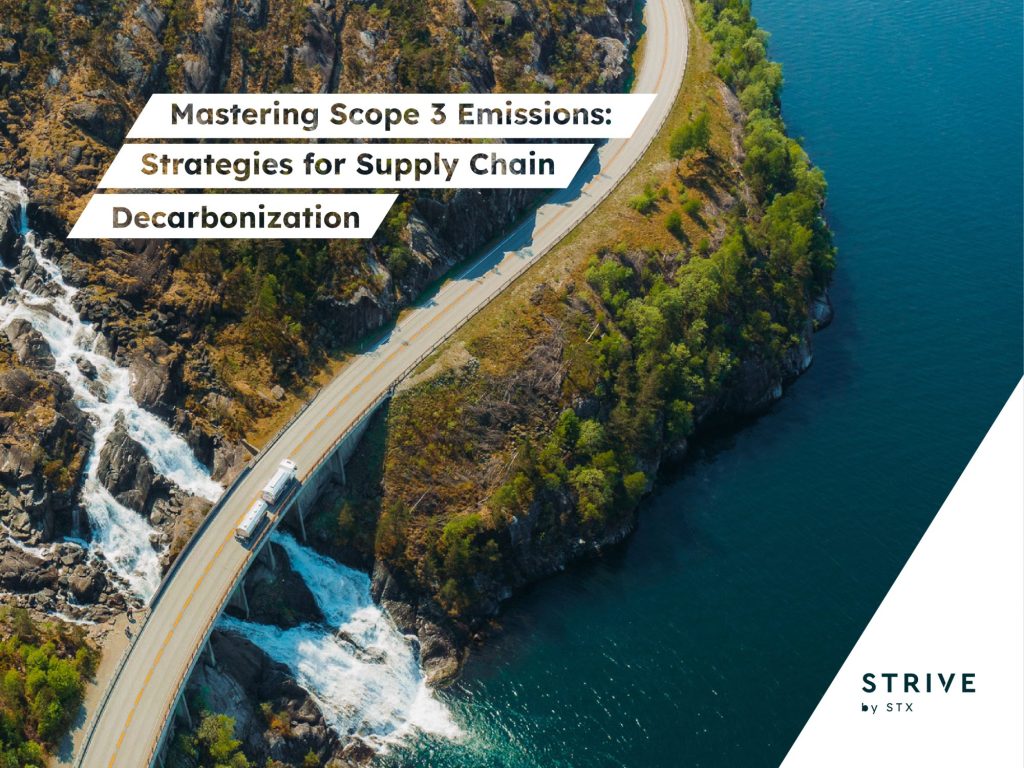Report: Climate goals at Amazon, Apple, Google, Meta and Microsoft have ‘lost their meaning’
Analysis by NewClimate Institute and Carbon Market Watch asks 'how do we improve the rules of the game?' Read More

- Energy demand at data centers grew 12 percent annually from 2017 to 2024.
- Updates to Greenhouse Gas Protocol accounting methods cast additional doubts.
- Closer focus on supply chains and computer hardware needed.
Five tech companies often cited as exemplars for emissions reductions ambition face a strategy crisis exacerbated by growth plans for artificial intelligence and outdated greenhouse gas accounting practices, finds an analysis by two European think tanks.
The companies — Amazon, Apple, Google, Meta and Microsoft — are closely evaluated in a chapter of the 2025 Corporate Climate Responsibility Monitor, published June 26 by NewClimate Institute and Carbon Market Watch. “Tech companies’ GHG emissions targets appear to have lost their meaning and relevance,” the analysis found.
Tech companies can reclaim their leadership positions by recasting their renewable electricity investments to more closely match the hourly energy consumption of cloud computing operations; innovating to increase the lifespan of the hardware in their product lines and data centers; and boosting the amount of recycled materials and critical minerals they use, according to the report.
“Our real criticism is about the system: how do we improve the rules of the game,” said Thomas Day, a climate policy analyst with NewClimate.
Amazon, which received an advance copy of the report, said through a spokesperson that it “mischaracterizes our data and makes inaccurate assumptions throughout — its own disclaimer even acknowledges [NewClimate Institute] cannot guarantee its factual accuracy. By contrast, we have a proven, independently audited, seven-year track record of transparently delivering facts that follow global reporting standards.”
No plans to change
All five companies remain resolute in commitments made at the beginning of this decade. Microsoft, which in May reported a 23.4 percent cumulative increase in its carbon footprint since 2020, is “pragmatically optimistic” about its plan.
“We remain committed to developing and supporting innovative solutions to reduce emissions from key data center and operational inputs including electricity, building materials, chips and fuels, focusing on long-term solutions over short-term stopgaps,” a company spokesperson said in response to questions about this report. “To do this, we have been adapting our strategies to leverage new sustainability technologies and address the challenges of expanding energy demand.
Google, Amazon and Meta have likewise reported increases since their baseline years. They have yet to publish their latest updates, although Google’s update is due imminently.
Apple, Google and Meta did not respond to requests for comment.
Energy demand for data centers grew 12 percent annually between 2017 and 2024, and there’s nothing to suggest a reversal. “If energy consumption continues to rise unchecked and without adequate oversight, these tech companies’ existing GHG emissions reduction targets may likely be unachievable,” the report said, “as companies may struggle to install additional renewable electricity generation fast enough to meet this increase as well as reduce existing emissions.”
Apple has so far cut emissions by 60 percent since 2015, according to its April update, but its data center exposure is smaller than the other companies and its calculations rely heavily on avoided-emissions estimates.
Apple’s claims also lean heavily on its push to get its supply chain to transition to renewables. So far, key suppliers have brought 17.8 gigawatts of solar and wind online, which represents about 95 percent of its spending. The goal is to get them to use renewable energy for 100 percent of their production by 2030.
“Apple is the only one of these companies with a meaningful target for supply chain electricity from renewables,” said Day. “This remains a huge blindspot for this sector.”
At least one-third of the emissions footprint from tech sector companies comes from energy used to manufacture computer hardware, according to the report.
Outdated Scope 2 accounting methods
All five companies based their emissions reductions targets on current guidance from the Greenhouse Gas Protocol, which allows them to write down their energy footprints with renewable electricity certificates. Many are sourced through virtual power purchase agreements or deals with utilities to put more solar, wind and other renewables on the grid.
Those methods are being revised, with huge implications for how they’ll be able to report on progress in the future. One change under consideration, for example, would require the companies to match location-based energy consumption with renewables on an hourly basis. That’s stricter than the approach they can use today.
While Microsoft and Google have embraced the hourly approach, Amazon and Meta advocate a different method that focuses on the potential of corporate renewables investments to reduce emissions on fossil fuels-heavy grids. Apple’s position is somewhere in the middle.
The bottom line: “The companies will likely need to update their targets in accordance with the revised accounting rules,” the report said.
Untapped opportunity
The tech giants could improve the credibility of their emissions reductions targets by setting more specific targets for increasing the lifespan of the hardware — both the electronic devices sold to consumers and those used in their data centers. None of the five companies considered have set specific targets to increase the longevity of their hardware, according to the report.
“We need more benchmarks and guidance around this,” Day said. “But they need to move ahead of the rules of the community.”
The analysis also recommends more focus on increasing the share of recycled materials and critical minerals in servers, personal computers and other devices. So far, their commitments are limited.
Meta “prioritizes” recycled content. Apple aims to use 15 priority materials including rare earths from recycled sources, but isn’t specific about a target date. Google has goals for its consumer products, although not for data centers. Microsoft started mining hard drives for rare earths in April and Amazon supports recycling and trade-in programs. Neither, though, have specific targets.
[Join Trellis Network to gain the powerful peer network you need to drive more impact across your organization.]















